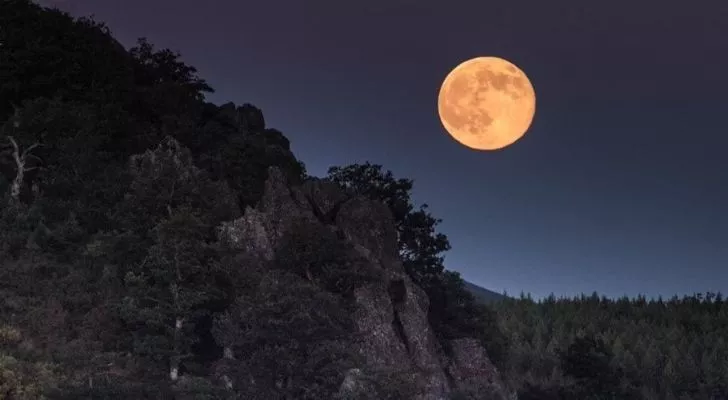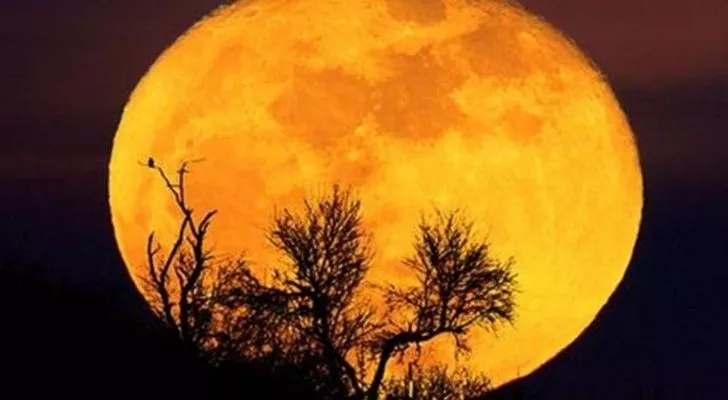The full moon of November is commonly referred to as the Beaver Moon.
Ancient moon names come from cultural traditions and often reflect seasonal occurrences in nature.
Traditionally naming moons would have been a way to keep track of time, helping to plan the year.
This article will look at what the beaver moon is and why it occurs in November.
What is a Beaver Moon?

The Beaver Moon is the name for the full moon in November. The name is commonly used in the northern hemisphere and relates to seasonal occurrences with beavers.
Beavers inhabit many countries in the northern hemisphere, and November is a critical time for both beavers and humans.
Why call it a Beaver Moon?

The beaver moon obtained its name for two main reasons.
In North America, it was referred to as the beaver moon as it was the time of year where beavers started to hibernate.
Beavers have their stock of food ready for the winter, and they begin to take shelter.
The other reason is for their fur. Humans would lay traps to catch the beavers at this time of year as they are fully grown.
This meant that more fur could be taken from the beavers if caught compared to any other time of the year.
Who first called it a Beaver Moon?

The lunar cycle was first used as an ancient way of keeping track of the time of year.
The lunar calendar allowed humans to keep track of time and seasons. As a result, the moon names often came from relevant seasonal events in nature.
The North American tribes and colonial Americans referred to the Moon as the Beaver Moon.
This was concerning survival as it was necessary to catch the beavers for fur and meat. Beavers were one of the last animals caught before the winter for both food and fur resources.
November is the last month to do so as beavers begin to hibernate for winter at this time.
The moon signaled the last opportunity to catch beavers before the winter was in full swing.
The Algonquin tribes would set traps to ensure they could catch enough beavers to survive the winter.
During the time of the fur trade, this was an essential month for colonial Americans too.
Is it always called a Beaver Moon?

The Beaver Moon name is not the only name given to November’s full moon.
Across the northern hemisphere, it can also be called the Frost Moon or Freezing Moon.
Naturally, this name came from the change in seasons and marked the beginning of winter. The frost comes, and everything slowly begins to freeze.
This would have been an indicator to start preparing for the harsh winter ahead.
Other less familiar names are the Digging Moon or Scratching Moon.
This name came about due to the many animals digging around the fallen leaves to find nuts.
It indicates the last chance to forage anything before the winter comes.
In Conclusion
The Beaver Moon occurs every year during the month of November.
The name serves as a reminder that it’s the time of year to set traps to catch beavers. Primarily for their fur but also the meat, as both were needed to survive the harsh winter.
November’s full moon is also sometimes called the Frost Moon to indicate that winter is around the corner.


















